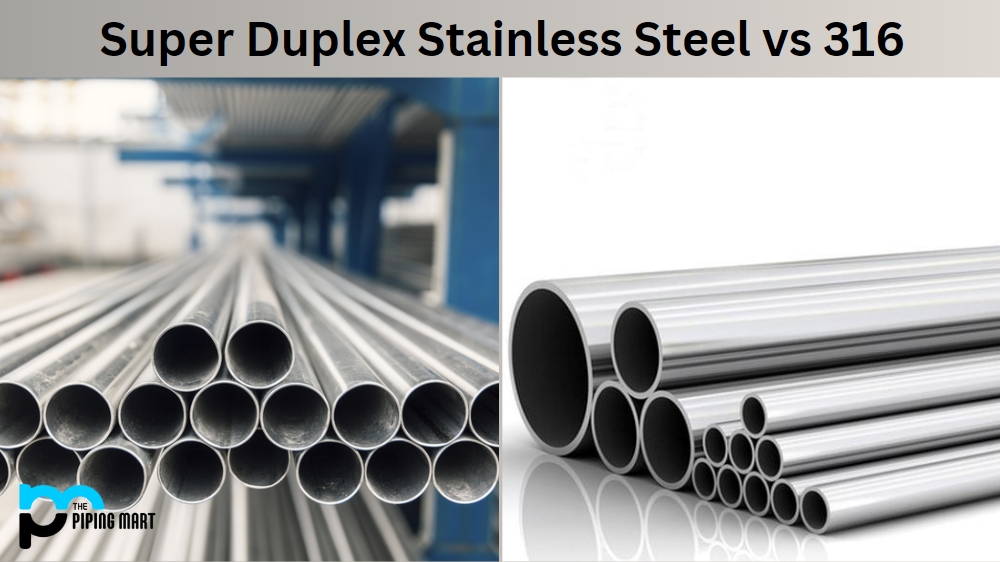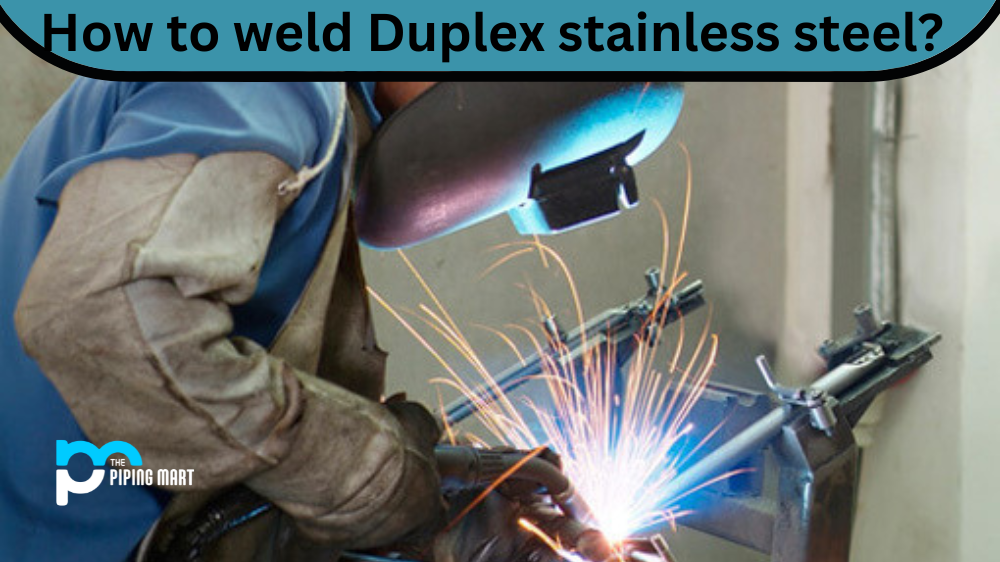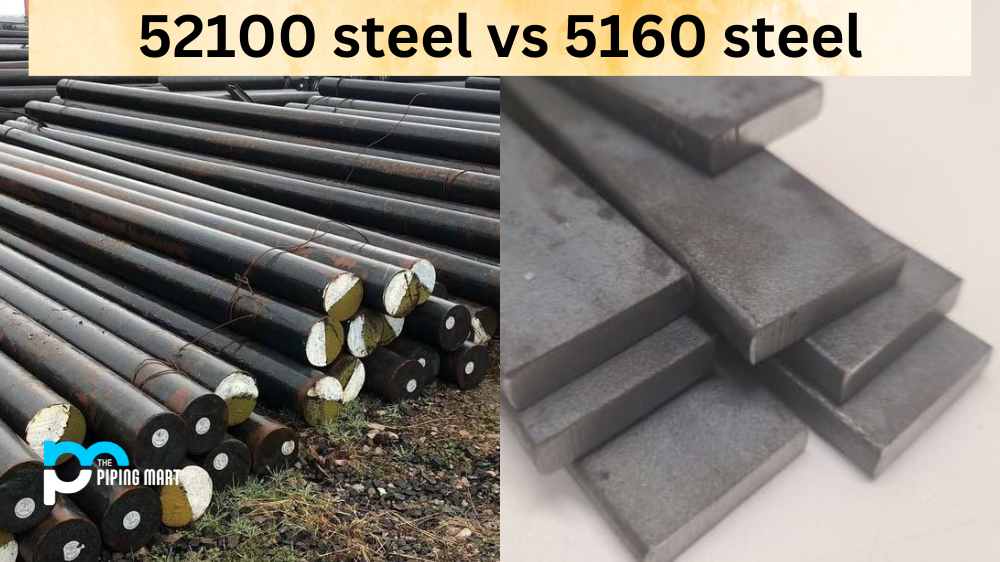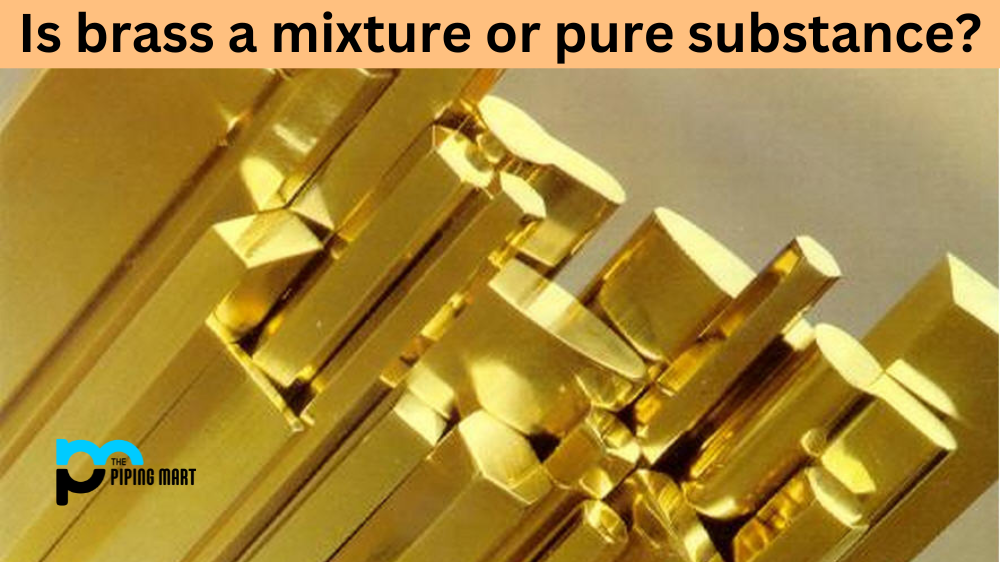When it comes to stainless steel applications, there are numerous options available. One of the most popular stainless steel is 316, but many users are now switching to super duplex stainless steel for their applications. So what’s the difference between these two types of stainless steel, and which should you use for your particular application? Let’s take a look.
Difference Between Super Duplex Stainless Steel and 316
Strength and Corrosion Resistance
The main difference between super duplex stainless steel and 316 lies in their strength and corrosion resistance. Super duplex stainless steel is more than twice as strong as regular stainless steel, offering superior strength for heavy-duty applications. It also offers improved resistance to stress corrosion cracking (SCC) and excellent pitting resistance, making it one of the best choices when dealing with corrosive environments. On the other hand, while 316 offers good strength and some corrosion resistance, super duplex stainless steel is stronger and more resistant.
Durability
Super duplex stainless steel is much more durable than 316 in terms of its ability to withstand wear and tear over time. This is due to its higher chromium content which makes it harder than conventional austenitic grades such as 304 or 316. In addition, a super duplex contains molybdenum, further improving its durability by providing added protection against corrosion. On the other hand, while 316 has some degree of durability due to its chromium content, it does not have the same level of protection that super duplex offers in terms of wear and tear over time.
Cost Comparison
When comparing costs between super duplex stainless steel and 316, it is essential to note that both materials can be quite expensive depending on the grade selected. However, since a super duplex is more durable than regular austenitic grades such as 304 or 316, it may be worth investing in if you need a material that will last longer without having to replace it frequently due to wear or corrosion damage. Although it comes with a higher price tag than regular austenitic grades such as 304 or 316, this could save you money in the long run if you need a material that will last for years without needing replacement or repairs due to wear or corrosion damage.
Composition
Super duplex stainless steel is an alloy with a higher percentage of chromium, molybdenum and nickel than other types of stainless steel. This gives it superior strength and corrosion resistance. Additionally, super duplex stainless steel contains less carbon than other types of stainless steel, which makes it less likely to form carbides that can lead to corrosion.
Properties
Super duplex stainless steel has a number of properties that make it ideal for use in various applications. It is twice as strong as 316 stainless steel, making it ideal for high-stress environments. It also has excellent resistance to chloride stress corrosion cracking and pitting corrosion.
Cost
Super duplex stainless steel is typically more expensive than 316 stainless steel due to its higher composition of chromium, molybdenum and nickel. However, super duplex stainless steel’s increased strength and corrosion resistance may make it worth the additional cost for some applications.
Weldability
Super duplex stainless steel can be more difficult to weld than 316 stainless steel due to its higher composition of chromium, molybdenum and nickel. However, there are a number of methods that can be used to weld super duplex stainless steel successfully.
Applications
Super duplex stainless steel is commonly used in various industries due to its superior strength and corrosion resistance. Some common applications include chemical processing equipment, offshore oil and gas production equipment, heat exchangers and pressure vessels.
Conclusion:
Super duplex stainless steel has become increasingly popular for applications that require superior strength and corrosion resistance compared to regular austenitic grades such as 304 or 316. Its higher chromium content gives it added durability over time, while its molybdenum provides additional protection against corrosion damage. While this type of material may come with a higher price tag compared to regular austenitic grades such as 304 or 316, this could end up saving you money in the long run if you need a material that will last for years without needing replacement or repairs due to wear or corrosion damage. For those looking for an alternative to regular austenitic grades such as 304 or 316, a super duplex could be an ideal solution thanks to its superior strength and corrosion resistance capabilities.

Abhishek is a seasoned blogger and industry expert, sharing his insights and knowledge on various topics. With his research, Abhishek offers valuable insights and tips for professionals and enthusiasts. Follow him for expert advice on the latest trends and developments in the metal industry.




